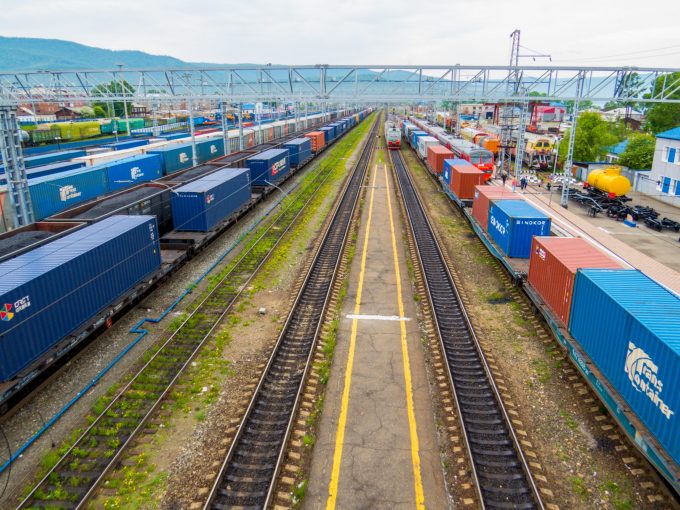Rail freight review: Ukrainian Railways hikes tariffs as war drives up costs
With Ukraine raising tariffs, Estonia eyeing more private volumes and, in the UK, it seems ...

Global rail freight has presented something of a mixed blessing to European operators over the course of the year, with the latest Dutch numbers offering a gloomy inverse of their state of play to that of their Russian counterparts.
Halfway through 2024, and Statistics Netherlands (CBS) has announced that the preceding year had been less than exemplary for the country’s rail freight, recording a 12.5% year-on-year volume decline, with a little over 39.3m tonnes of goods moved ...
Up to $1.5m fee for every Chinese-built box ship calling at a US port
Carriers warn of cargo disruption due to strikes at Munich Airport
$1.5m China-built ship charge would bring return of US port congestion
MSC switches bigger box ships to higher-paying trades in 'landmark' move
Sanctions-busting forwarder jailed, while Europe 'ramps up the pressure'
Carriers put on a brave face amid further decline in ocean spot rates
Business calls for end to French port strikes, but unions plan more
Taiwan and South Korea lines don't fear US levy on Chinese ships

Comment on this article